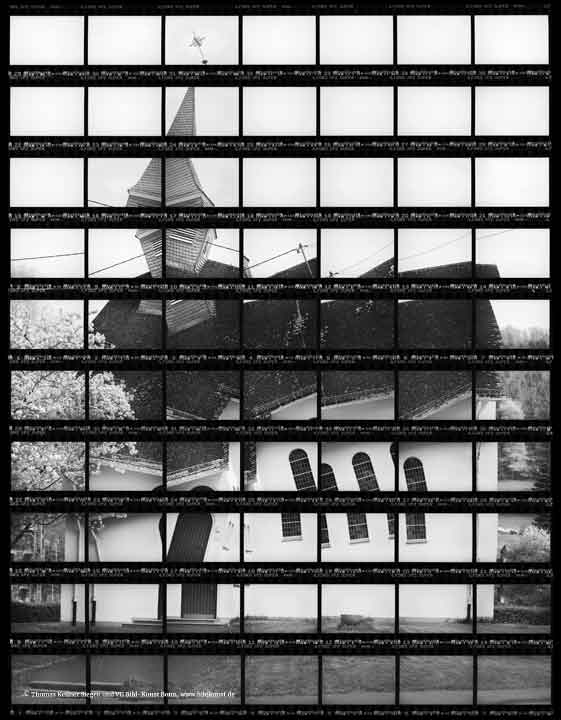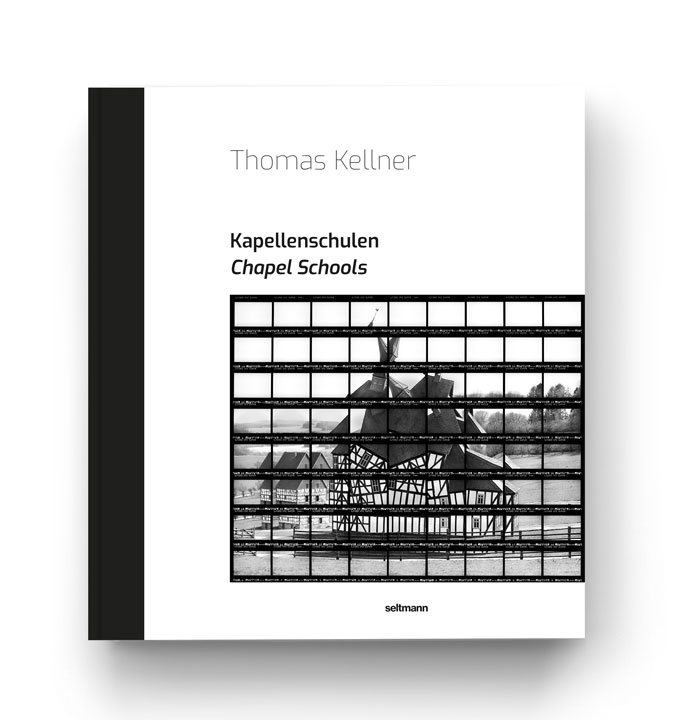St. Barbara's chapel Nenkersdorf
In Nenkersdorf in the southeast of Netphen there was a chapel school until about 1955. It was built in two stages in the 15th century, but was not continued due to its condition of disrepair. In the 16th century, a second school was built on the Sieg
River, also known as St. Barbara's Chapel. It was used exclusively as a chapel school beginning in approx. 1750. In 1832, the school communities of Grissenbach and Nenkersdorf were integrated.
However, after 1892, the Nenkersdorf chapel school was not allowed to be used any longer given that the building had been damaged and was consequently considered too unsafe.
The school children were initially only allowed to attend the school in Grissenbach until a new school building was completed in 1901. The Nenkersdorf and Grissenbach communities used the new school building until 1957. The Evengal chapel (picture) and the Catholic chapel that stand there today were built in 1957 and used exclusively for church purposes.
Nenkersdorf in: The Chapel Schools' Book
Chapel schools form a solitary architectural type for the Siegerland and its neighboring regions.
As stand-alone buildings and conspicuous in their surroundings, like the one in Nenkersdorf, they reveal the connection between religion and school education starting from the domain of Count William I of Nassau-Katzenelnbogen (1487-1559) and his son John VI of Nassau, Katzenelnbogen and Dietz (1536-1606). The hybrid used buildings existed until the end of the 19th century and in parts even until the 20th century.
Chapel Schools a solitary architectural type
The Siegen fine art photographer Thomas Kellner recognized the historical and cultural value of these buildings and set himself the task of preserving and recalling this typical regional cultural asset through a new medium. By means of photography he transfers the chapel schools into an artistic context and gives the historical topic a new dimension in the present (art).
Just as the chapel schools united in themselves two spheres of life, this publication also conveys different contemporary perspectives on the history and genesis of the chapel schools. While Kellner tries to rethink the type of building, which oscillates between profane and sacred, with his artistic realization, Chiara Manon Bohn, Isabell Eberling M. Sc. Dr. Andrea Gnam and Dr. Stefanie Siedek-Strunk provide an insight into the historical, architectural and religious classification of the chapel schools up to the pictures of Thomas Kellner in text contributions.











